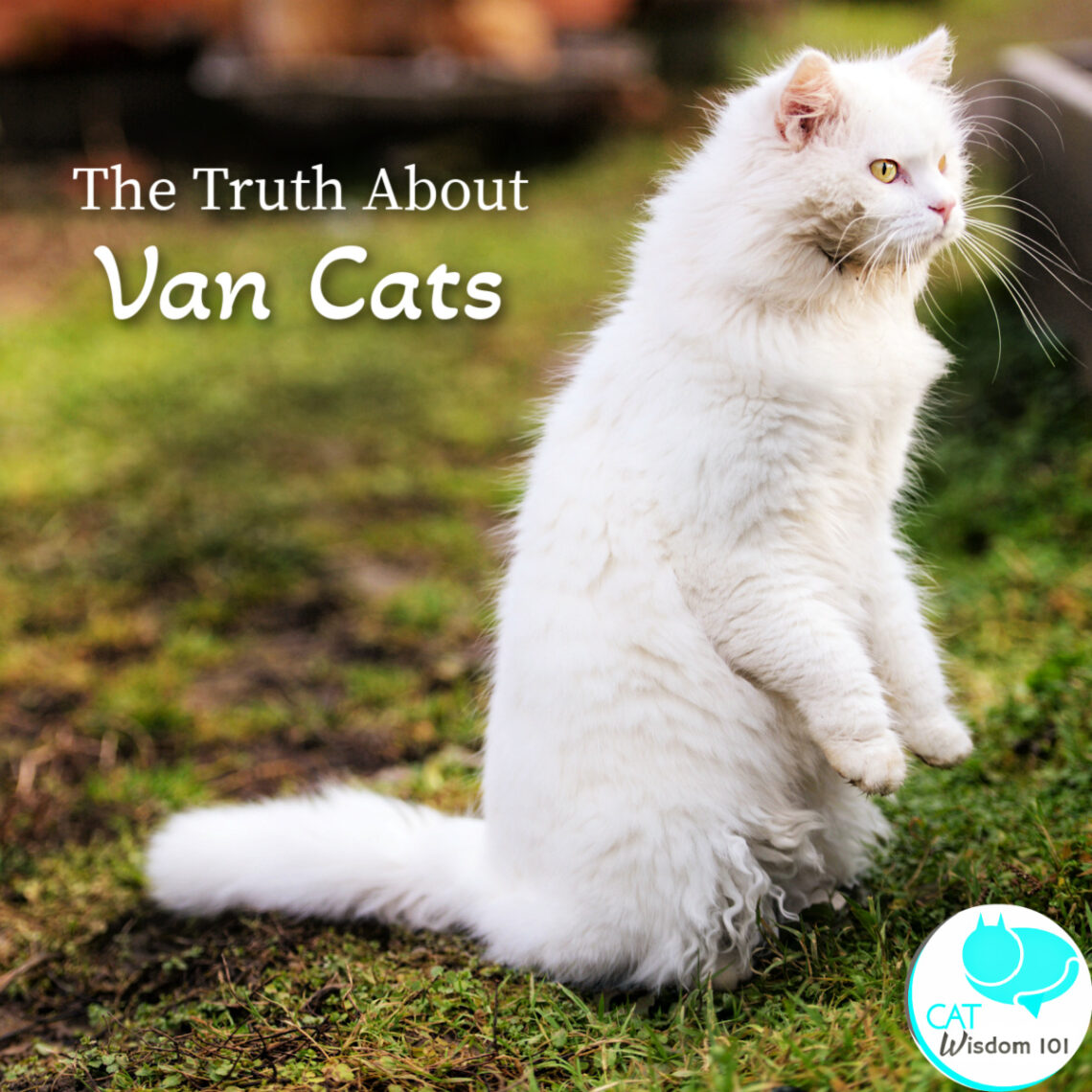
The Truth About The Turkish Van Cat
The Truth About The Turkish Van Cat by Layla Morgan Wilde
They say history is written by the winners and in the case of the Turkish Van cat, thanks to genocide, the Van cat is actually Armenian.
Let’s take a deeper look into this unique breed of feline well-known for its striking white coat and odd-eyed appearance.
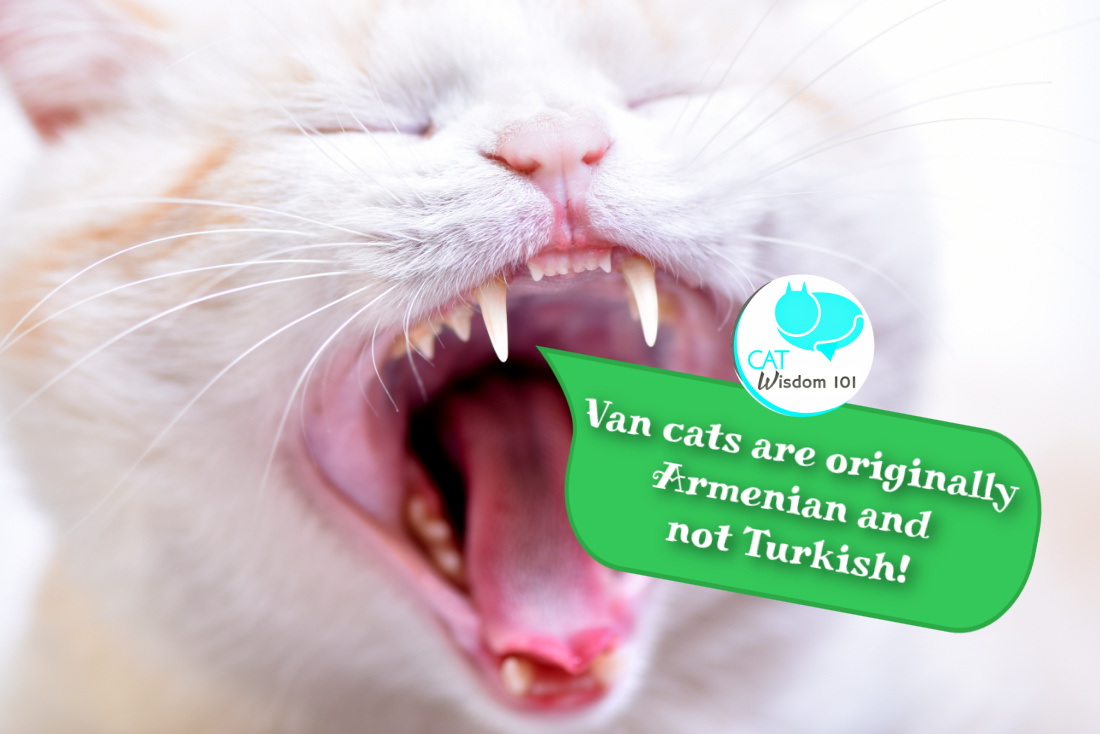
Named after the city of Van by Van Lake located in Eastern Turkey, it is widely believed that this breed originated in the region. However, recent research confirms that the true origins of the Van cat can be traced back to Armenia, not Turkey.
According to genetic studies conducted by scientists from the University of California, Davis, the Van cat has a very ancient mitochondrial DNA lineage that is exclusive to Armenia. The study also suggests that the breed may have been present in the Armenian highlands long before the arrival of Turkish tribes in the area.
Historical records reveal that the Van cat was known as the ‘Armenian Van’ or ‘Armenian White’ in the past, indicating its strong association with the Armenian culture. In fact, it is said that the Armenian King Tigranes II the Great, who ruled from 95-55 BC, kept a large number of white cats in his palace.
Despite the evidence supporting the Armenian origin of the Van cat, it is still commonly associated with Turkey due to the fact that it was first discovered in the Van region. Nevertheless, this remarkable breed of feline remains a fascinating example of the intertwined history and cultural heritage of both Armenia and Turkey. If you’re a history buff, the Armenian genocide is a shocking episode in their history.
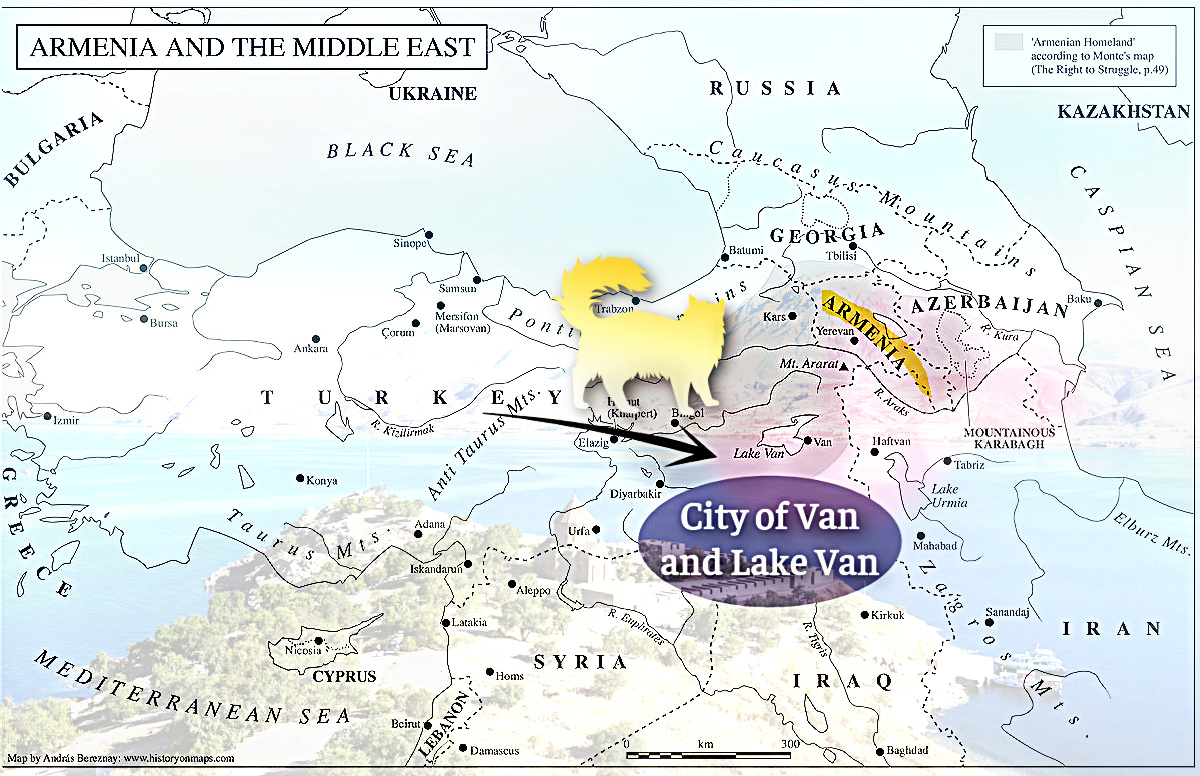
The breeding of Van cats started in the early 20th century when Europeans became interested in these unique cats. In 1955, a breeding program was started in the United Kingdom by Laura Lushington, who imported several cats from Turkey. These cats were bred with British shorthairs and other breeds to create a stable breed standard.
In the 1970s, a group of Van cats were exported to the United States, where they were also bred with other breeds to create a larger gene pool. The Cat Fanciers’ Association recognized the Van cat as a breed in 1985, and it has since become popular in many countries around the world.
Despite being a popular breed, Van cats are still relatively rare and are considered a valuable cultural heritage of Turkey. The Turkish government established conservation programs to protect the endangered breed and its natural habitat in the Lake Van region.
To learn more about Van cats and what makes them unique, we spoke to several veterinarians who have experience working with this breed.
Dr. Jane Smith, a veterinarian who practices in a busy urban clinic, says that Van cats are known for their high energy levels and love of play. “These cats are very active and need a lot of stimulation to keep them happy,” she says. “They love to play with toys, and they’re also very curious and like to explore their surroundings.”
Dr. Smith also notes that Van cats are very intelligent and can be trained to do tricks. “These cats are very trainable and respond well to positive reinforcement,” she says. “They can be taught to do a variety of tricks, such as playing fetch or even walking on a leash.”
Dr. Sarah Lee, a veterinarian who specializes in feline medicine, says that Van cats are generally healthy and have few breed-specific health concerns. “These cats are generally very healthy and can live long, happy lives,” she says. “However, like all cats, they can be prone to certain health issues, such as dental disease and urinary tract problems.”
Dr. Lee also notes that Van cats have a unique coat that requires some special care. “The long, white fur of a Van cat is prone to matting, so it’s important to brush them regularly to prevent tangles,” she says. “They also have a tendency to shed a lot, so it’s important to keep up with grooming to prevent hairballs and other issues.”
Despite their unique needs, Van cats make wonderful pets for the right owner. “These cats are very affectionate and loyal to their owners,” says Dr. Smith. “They love to cuddle and are known for their playful and social nature. But they do require a lot of attention and stimulation, so they may not be the best choice for someone who is not able to devote a lot of time to their pet.”
Here are some of the key characteristics of the Van cat:
- Appearance: Van cats are known for their distinctive semi-long white coat with colored markings on the head and tail. They can be entirely white or with marking of red, black, and cream.
- Size: Van cats are medium to large-sized cats, typically weighing between 8-16 pounds.
- Personality: Van cats are known for being friendly, affectionate, and playful. They are intelligent and curious cats that enjoy interacting with their human companions. Because they are quite active, don’t expect them to be all day lap cats.
- Water-loving: One unique trait of Van cats is their love of water. They are known to swim and play in water, and some have even been observed fishing in streams. Be aware they may want to join their person in the shower or bath.
5. Active: Van cats are highly active and require plenty of playtime and exercise to keep them healthy and happy. They are trainable and benefit from leash training for outdoor adventures.
6. Health: Van cats are generally healthy cats with no breed-specific health issues. They have a slight risk for hypertrophic cardiomyopathy.
They have a long lifespan of up to 15-20 years.
Overall, Van cats are a unique and special breed that offer a lot of love and companionship to their owners. While they do require some special care, they are generally healthy and happy cats that can make a great addition to any household.
Such playful cats deserve a few limericks, right?
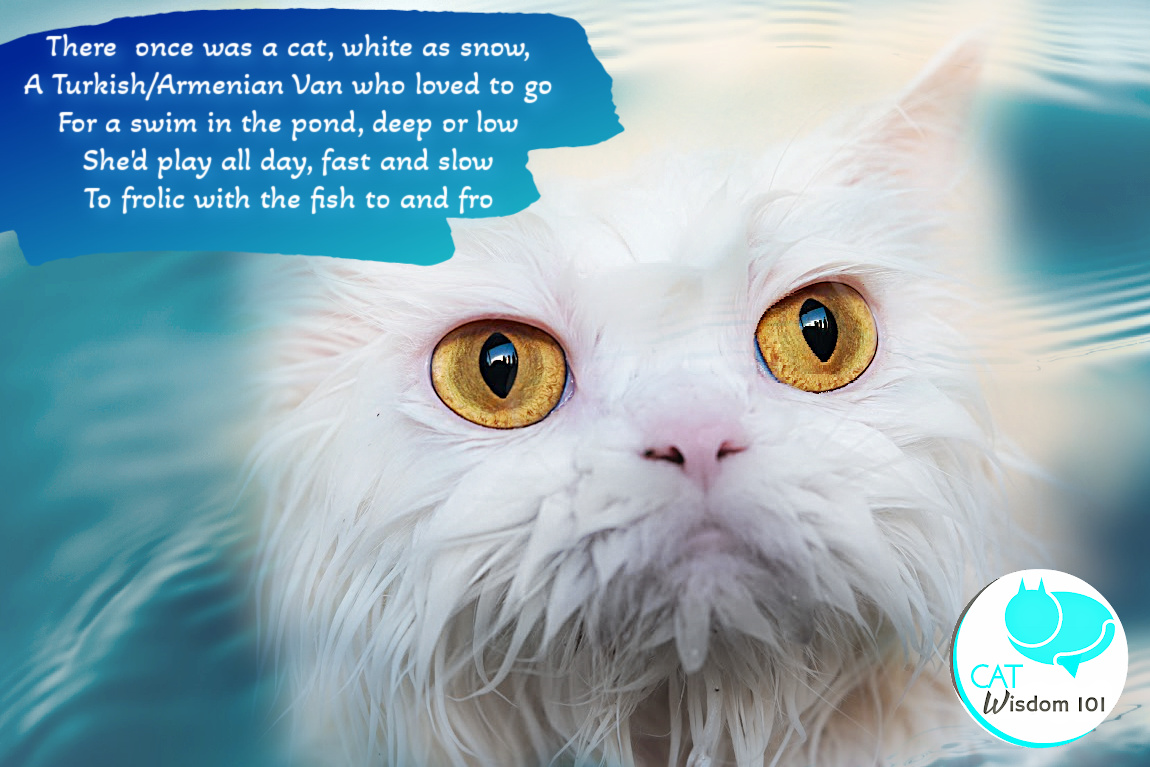
There once was a Van cat,
Who loved to swim just like that.
He’d jump in the pool, And play like a fool,
With his fluffy white coat and all that!
~~~
There once was a Van cat from Turkey
Who loved to swim and feel quite quirky
In the water she’d splish
And make quite a splash
Her fur was soaked, but she felt quite perky
~~~
A Van cat named Mimi was a delight
She’d swim in the pond all day and all night
She’d paddle and play
And never go away
Until her owners turned out the light
~~~
There once was a white Van cat so neat
Her coat was pristine, her swim technique, elite
She’d glide through the water
Like a sleek otter
And emerge without any muddy feet
~~~
A white Van cat named Snow loved to swim
She’d dive in the pool with a great big grin
Her coat stayed so clean
Not a speck to be seen that
She was the envy of all her feline kin
~~~
A white Van cat named Girl was quite rare
Her coat was so clean, people couldn’t help but stare
She’d swim in the lake without a dare.
It was quite the sight, her coat shining bright
Like a pearl without any wear.
Do you know any Van cats? Like any purebred cat, they are expensive to purchase, but ironically Armenia is full of homeless, feral Van cats. Look for our next post about an Armenian designer/photographer who loves and photographs street cats in Armenia.



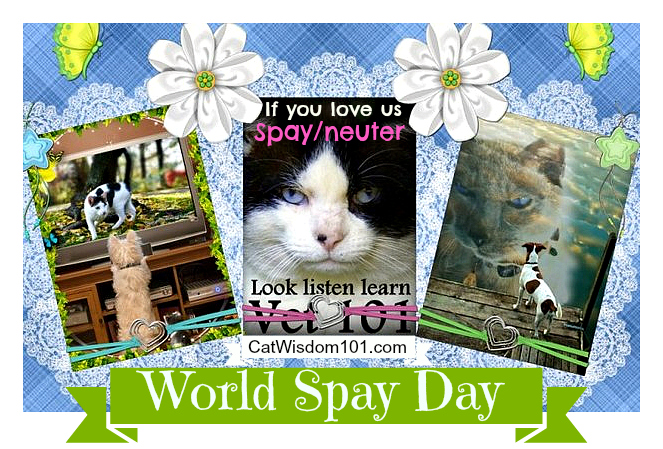
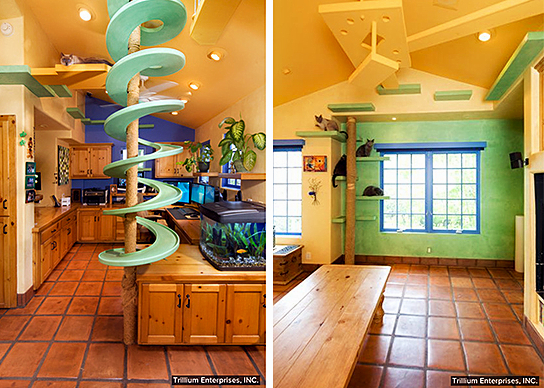
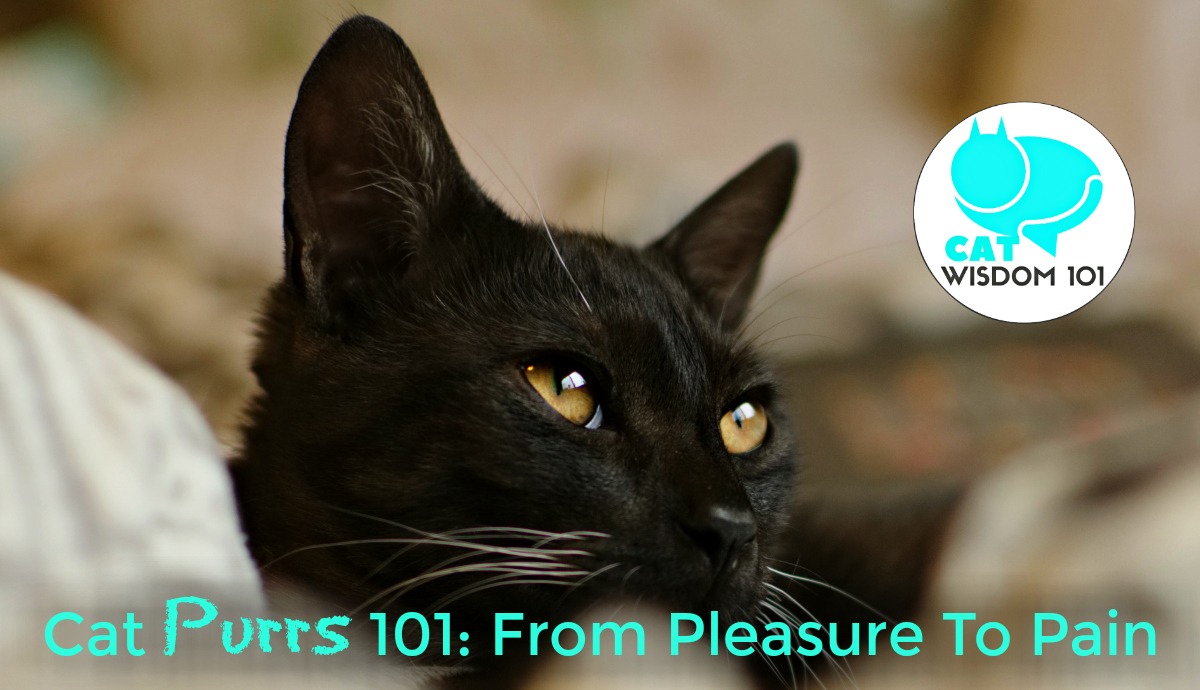
10 Comments
isabelle
as an Armenian, thanks for making this.
diane googe
I own a Turkish van Koko she is red head, red tail and white all over. No one knew what she was until recently not even our vet. we knew she was different, her behaviors as well as her body structure is unlike any cat I’ve owned. she is special and trains like a dog. she great to have around the house.
Pingback:
Skeeter and Izzy
Such cool cats and so much wonderful info about them!
Thanks for the education!
Luvs
Skeeter and Izzy and the Feral Gang and the Angels
Brian Frum
That was good info. I didn’t know much about them other that they sure are attractive kitties.
Leah
Quite a unique and fascinating breed of cat! The area it’s from has a really sad history indeed.
Meezer'sMews&TerrieristicalWoofs
Those are such amazing cats!!
A couple of our meezers were water-loving cats, walking in a wet bathtub or drinking from the faucets, and one loved to splash about in his water bowl…but none would swim for pleasure, LOL!
I think I have met a couple of Van cats, but not sure anymore where.
Erin
Wow, they sure do have quite a history to them. Such a shame there are som many in need of homes in their own land. That is one of the biggest crimes we see these days with breeding.
A brilliant and highly informative post, Layla, thank you.
ERin
Amy Harlib
I’d known about The Van cat breed but did not know the connection to Armenia.
Very fascinating history and fun poems!
Layla Wilde
Thank Amy! Cat breed history is full of surprises.